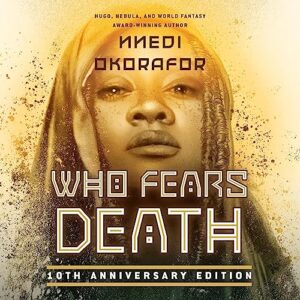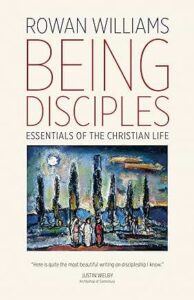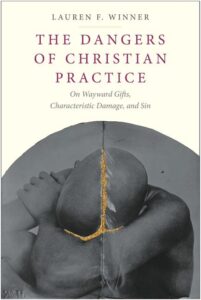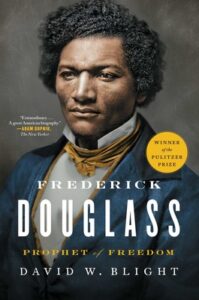 Summary: The child of human and alien parents must find his own way.
Summary: The child of human and alien parents must find his own way.
One of my reading goals this year was to finished the final two fiction books that Octavia Butler wrote. In November I am just finishing the first of the two, so I am not sure I will get to the second.
Imago I think is a second tier Butler book. It is not bad. Butler is a good writer and creates intriguing worlds. This is not really complete series. It is set on earth, but an earth that an alien race has captured and rules. The alien world took over the Earth in the midst of a global war. The aliens capture the remaining humans in the world and for hundreds of years kept them in stasis while they were studied and the earth was restored after the war.
In the first book of the trilogy the first humans were awoken and that started a forced breeding program to create new species. The aliens are genetic manipulators that go from world to world collecting gene samples and creating new species, mining and using up the worlds until they are bare hunks of rock and then moving on. Butler at times could be a bit to on the nose with her imagery.
The conflict of the trilogy is about participation of humans in this breeding program and the ways that the new “˜constructs’ impact both the humans and the aliens. The three books are about three different characters, the human mother, her first construct child and then this one about another of her construct children, the first construct that is a genetic manipulator itself. (The genetic manipulators do not have sex or gender, they are the conduit through which the different genders connect for procreation.)
 Summary: Context to the why of Black Liberation Theology.
Summary: Context to the why of Black Liberation Theology. Summary: An imperfect prodigal returns home to an imperfect father.
Summary: An imperfect prodigal returns home to an imperfect father. Summary: Brief graphic novel about Bonhoeffer with a very good understanding of the German context and Hitler’s rise to power.
Summary: Brief graphic novel about Bonhoeffer with a very good understanding of the German context and Hitler’s rise to power. 
 Takeaway: As Christians who believe in embodiment, we are Christians in a place, not just abstractly.
Takeaway: As Christians who believe in embodiment, we are Christians in a place, not just abstractly.
 Takeaway: Spiritual practices are not magic bullets.
Takeaway: Spiritual practices are not magic bullets. 